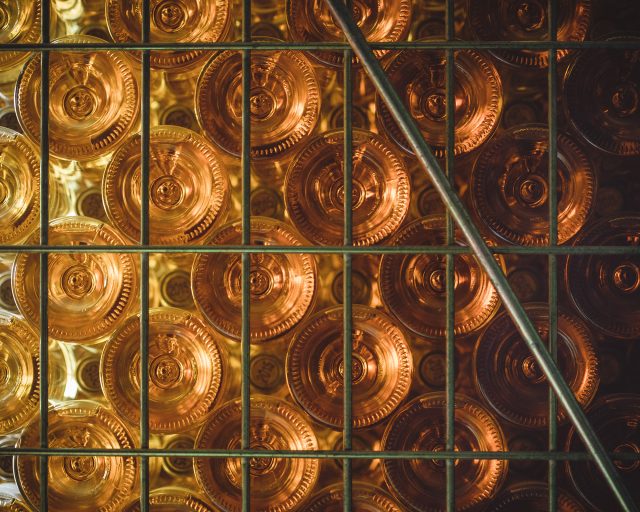The Winemaking Process
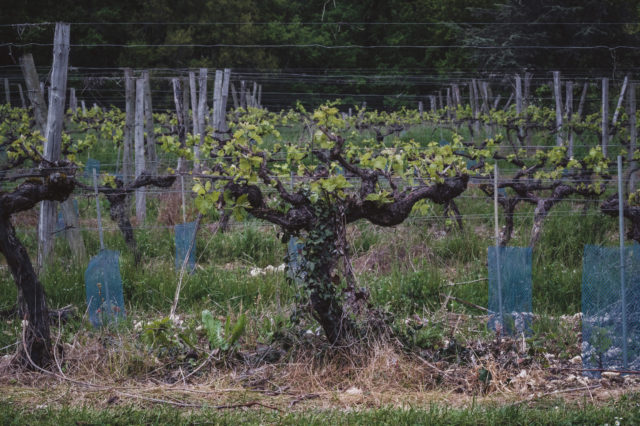
The promise of the vine
A good wine originates on the vine. It is within our vines that the excellence of our wines is born.
Letting the grapevine grow according to the rhythm of the seasons is to ensure that the vine thrives and the grapes mature properly. Then comes the time for the harvest. It is here that all of the effort over the past year comes into play. From about the middle of August, we taste the grapes twice per week in order to inspect the quality of the tannins, the strength of the aromas and the level of acidity. As the tastings progress, the acidity diminishes and the sugars are exposed. Little by little, a balance is created.
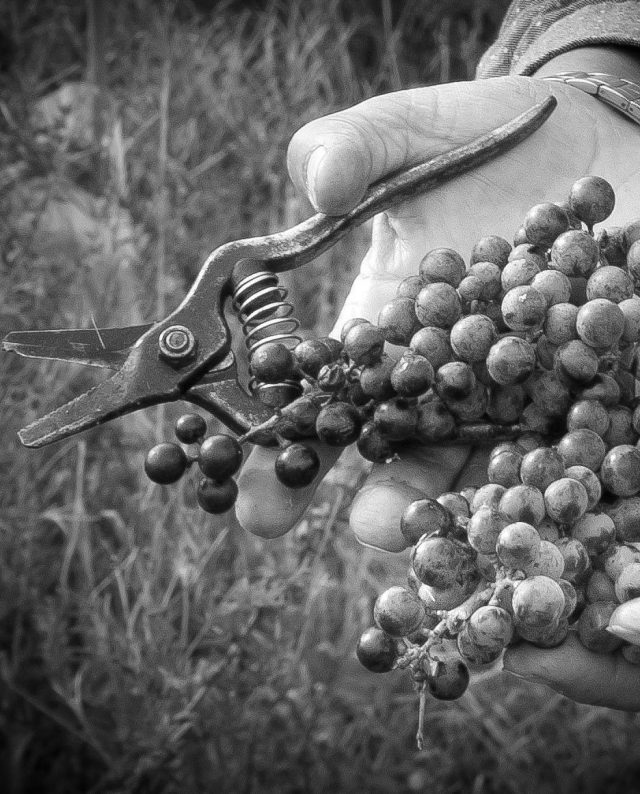
The date of the harvest is crucial for the wine. Each plot is harvested according to which has reached the level of maturity wished for, and each one of our 8 grape varieties has its own proper harvest schedule. The harvest unravels over time. It begins between the end of August and mid-September according to the weather of the year in question.
We pick the Ugni Blanc first, then the Sauvignon and the Colombard. The reds come later. The Mansengs are harvested last, at the beginning of October, to allow for a stronger concentration of the sugars that become indispensable in the production of an expressive off-dry wine. Picking grapes of the same variety at different dates allows us to play a bit with the aromas of the wine.
The harvests are completed during the cool hours of early morning, when the temperatures are still low enough to ensure that the grapes best preserve their aromatic potential.
At Arton, the unit producing the wines is in the middle of the vineyard, less than 2 minutes by tractor from each plot of land. The harvested grape arrives immediately to the winemaking cellar. The freshness of the fruit is thus preserved.
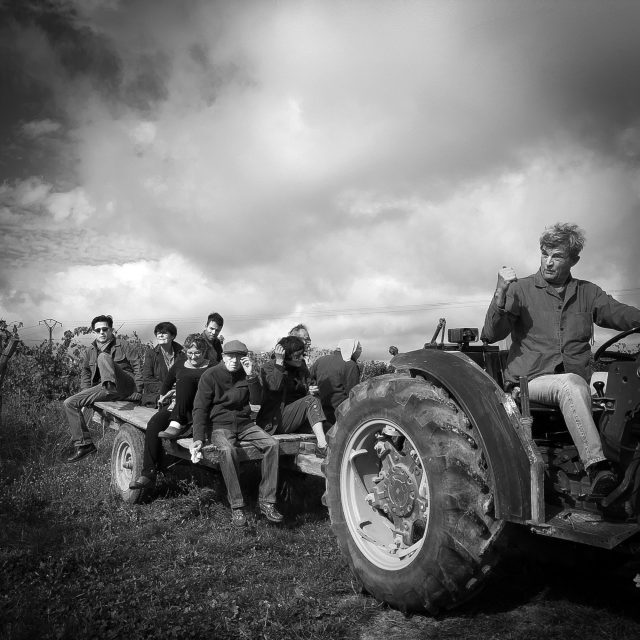
The Secret of Wine
The production of each plot is treated separately. Upon its arrival to the cellar, the grape is placed in a vat. The winemaking process, which is to say the process of macerating the skin and the pulp of the grape, is ready to begin. It is an important step that prolongs the work of the winemaker and enhances the unique flavor expressions of each wine. All of these essential elements of the grape are encased in its own skin. It is the maceration process of the juice with the skin that permits us to extract them.
Each grape variety is treated separately, benefitting of an monitoring scheme adapted to its specific needs. It is one of the secrets of the success of our wines.
The white grapes are macerated in the cold (6-8°C) 10 to 24 hours, allowing the transfer of aromas contained in the skin to the juice. They are then sent to the press where the juice is collected.
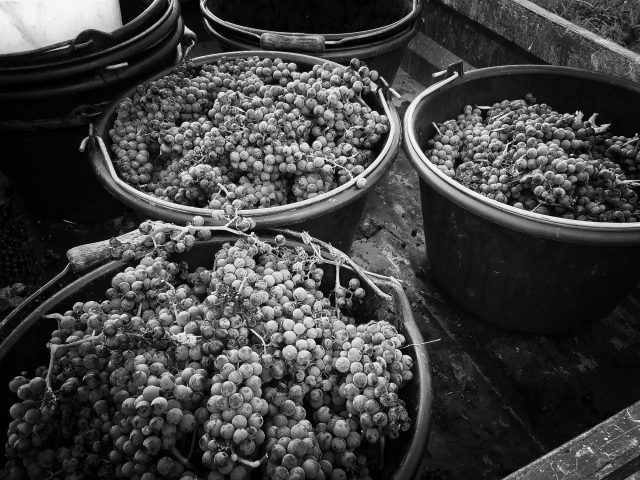
The red grapes are macerated 2-3 days at 4-6°C. We lightly agitate the wine in order to allow the seeds which have fallen to the bottom of the vat to mix with the pulp and the juice near the surface. These agitations, performed with the utmost of care in order to preserve the tannins, allows the extraction of all of the color and the aromas present in the skin before the start of fermentation. The seeds are removed during pressing and the juice will be added to the wine to complete fermentation.
To create a rose, two steps: First, collect the juice that flows naturally from the Syrah grapes straight after harvest, before pressing. Second, apply if necessary a soft and quick pressing on the collected grapes.
The pulp of the grape is translucent, while the skin is red. It is the pressing that gives rosé its color. The more intense the pressing, the more intense the color. The extraction must be done as quickly as possible in order to obtain the signature light pink color. Harvesting the grape during the cool morning temperatures allows better control of the color.
Fermentation, the transformation of sugar to alcohol by yeast, is engaged. It allows the tannins to dissolve and the aromas of the wine to be released. The white grape juices are fermented for 2 to 8 weeks at 18-20°C. The red grape juices ferment for 1.5-2 weeks at 22-24°C.
At the end of the fermentation process, the different grape juices are placed into tanks in order to preserve the aromatic identity of each variety, as well as to start the aging process.
In the Calm of the Cellar
During the winter, the grape juices are blended in order to give each wine its particular character. The products of the different plots of land meet for the very first time. The richness and complexity of our wines comes from the diversity of our grape varieties.
The blends are made to measure by tasting, a delicate and meticulous operation which reveals a certain alchemy: the respect of the year’s personality while valorizing the Arton style.
The blend of each wine is reviewed with each harvest, in order to consistently create the taste that characterize the wines from Domaine d’Arton. Each vintage embodies a new interpretation of the Arton terroir.
In the darkness of the cellar, the wine continues to age in stainless-steel vats, slowly changing as it matures. Our red wine, La Croix Réserve and our white wine, Victoire, are aged in black oak barrels that enrich the wines with their tannins. Wine is a living material which evolves with time. Once it is bottled, it will continue to age due to its porous natural cork.
